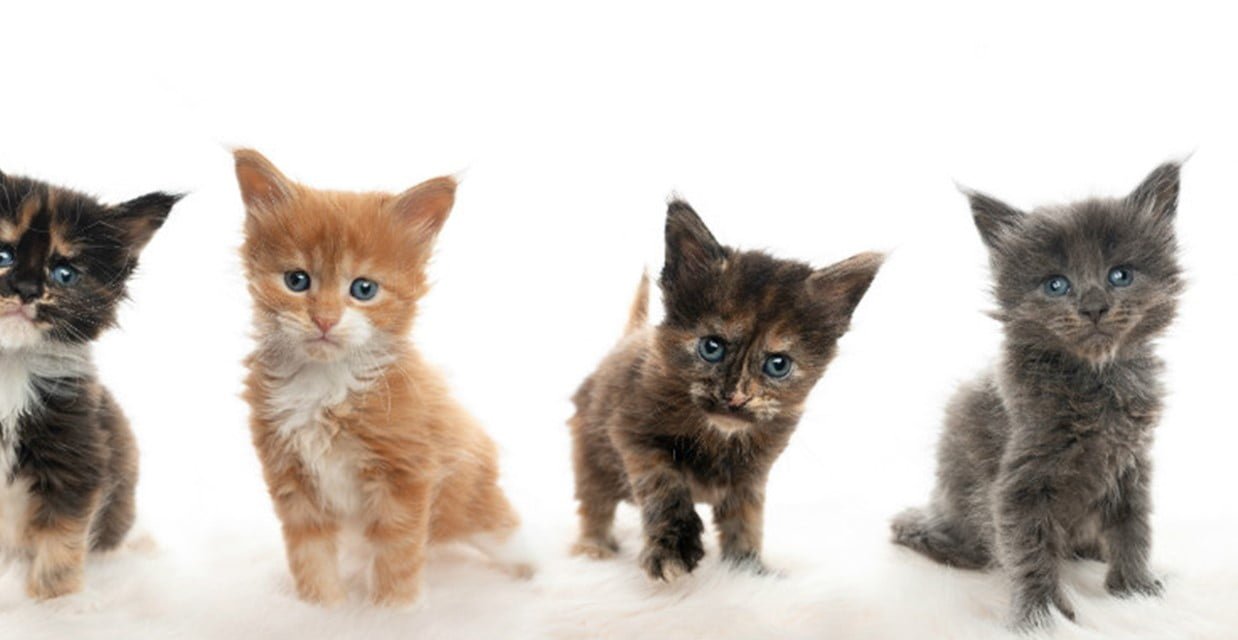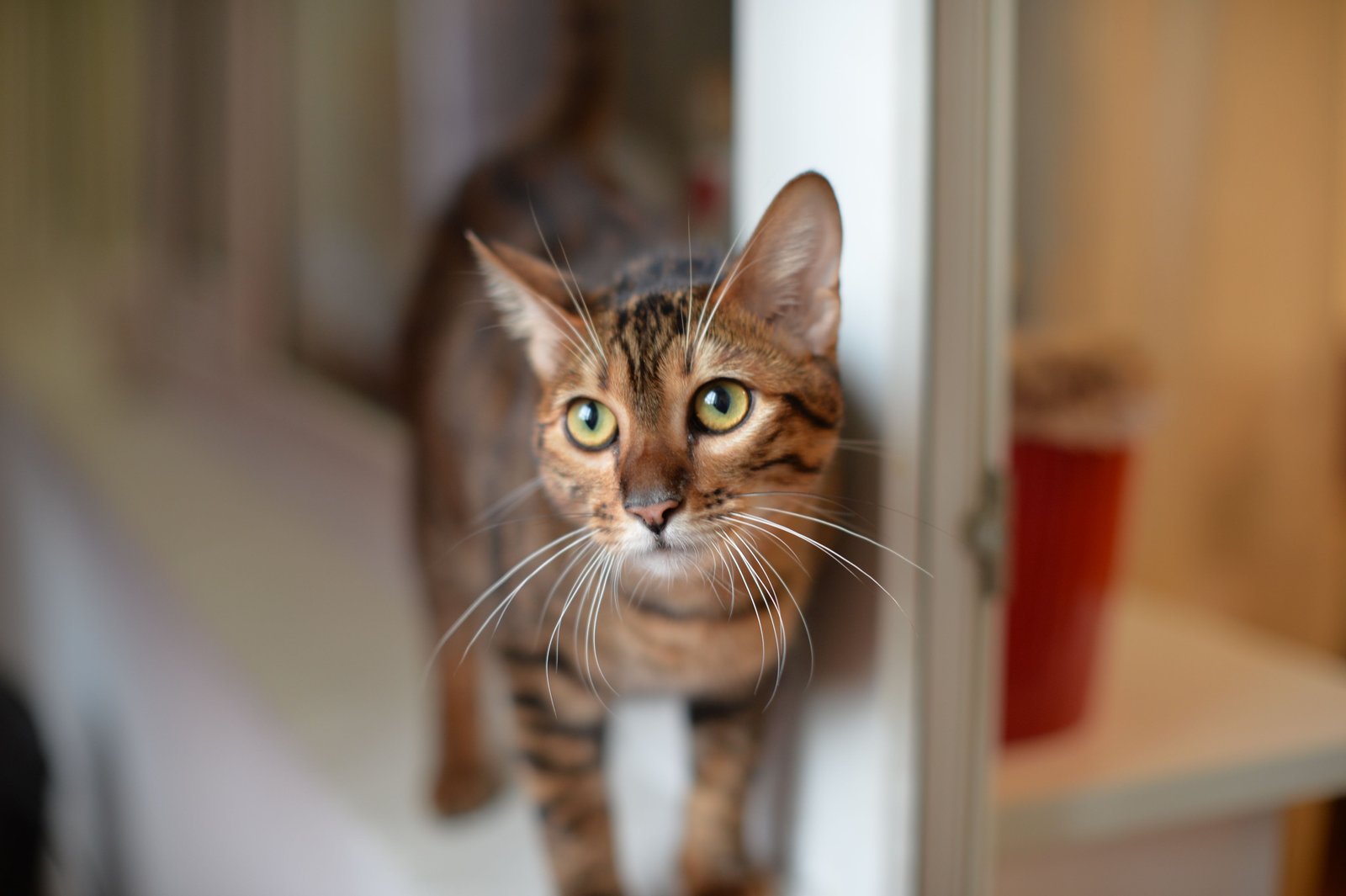The Tonkinese cat is a crossbreed of Siamese and Burmese breeds, known for its playful demeanour and striking aqua eyes. These medium-sized cats sport a sleek, mink-like coat with a variety of colour patterns.
As an engaging and sociable pet, the Tonkinese cat thrives on interaction with its human companions. With a strong desire for companionship, this breed often forms a deep bond with its owners. Their affectionate nature makes them an ideal choice for families seeking a friendly and active feline friend.
The Tonkinese’s intelligence and agile physique equip them well for interactive play, ensuring they are as entertaining to watch as they are to engage with. Their vocal tendencies, inherited from their Siamese ancestors, mean they are not shy about expressing their needs or opinions. Caretakers of these charming cats will find a balance of playful energy and warm affection, wrapped up in a beautiful, glossy-furred package.
Introduction To Tonkinese Cats
Embrace the charm and allure of Tonkinese cats, a breed known for its striking appearance and captivating personality. A perfect blend of its Burmese and Siamese ancestors, the Tonkinese breed stands out as a beloved pet. Ideal for families and singles alike, their friendly nature makes them an excellent choice for a furry companion.
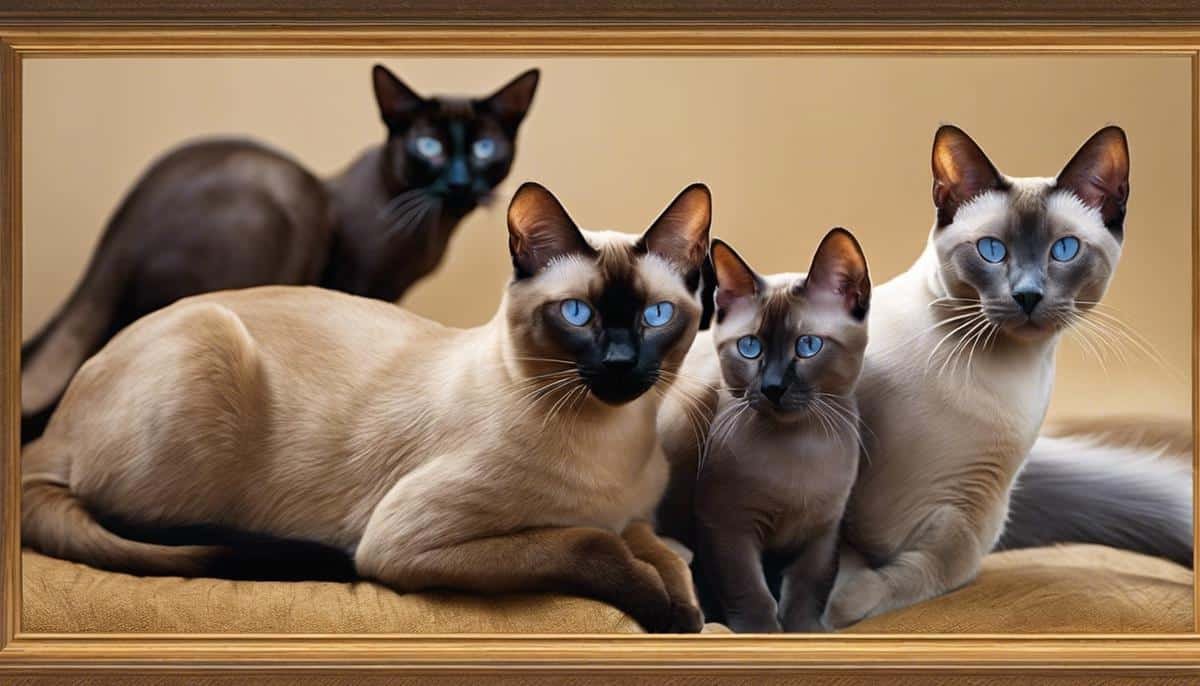
The Origin And History Of The Tonkinese Breed
Tonkinese cats boast a unique history, echoing the rich heritages of two distinct bloodlines. A deliberate crossbreed between the Burmese and Siamese cats, their lineage is as fascinating as it is elegant.
- Created in the mid-20th century, this breed soon captured hearts.
- Recognition by major cat associations came in the late 1900s.
- Their name reflects a nod to the Tonkin region, though no direct link exists.
Characteristics Of Tonkinese Cats
Radiant and sleek, Tonkinese cats showcase a blend of their ancestors’ best traits. Their physical and behavioural features are a testament to their heritage.
| Feature | Description |
|---|---|
| Coat | Soft, short, and close-lying |
| Colours | Various, including mink, solid, and pointed |
| Eyes | Striking and aquamarine |
| Build | Medium-sized and muscular |
Understanding The Tonkinese Temperament
Social and affectionate, Tonkinese cats embody a warm and engaging temperament. They thrive on interaction and form strong bonds with their human companions.
- They display a high level of intelligence, making them quick learners.
- Playful and energetic, and they love to participate in games.
- Their balanced nature means they enjoy cuddles as much as playtime.
Nutritional Needs For Optimal Health
The Tonkinese cat is a striking creature, known for its playful demeanour and engaging personality. To maintain such dynamism, these feline friends require a diet that sustains their energy levels while supporting overall health. A well-balanced diet assures the Tonkinese’s muscular build, glossy coat, and sharp mind. This section delves into the specific nutritional needs essential for Tonkinese cats to thrive.
Essential Diet Components For Tonkinese Cats
Proteins, fats, and carbohydrates form the cornerstone of a Tonkinese cat’s diet. High-quality protein from meat supports muscle health. Necessary fats fuel their energetic lifestyle. Carbohydrates should be minimal as cats have little use for them. Vitamins and minerals bolster their immune system, and water is crucial for hydration. Let’s outline these must-haves:
- Animal-based proteins (chicken, fish, turkey)
- Essential fatty acids (omega-3 and omega-6)
- A limited portion of carbohydrates (rice or vegetables)
- A mix of vitamins (A, E, and B-complex)
- Minerals like calcium and phosphorus
- A constant supply of fresh water
Choosing The Right Type Of Food: Wet Vs. Dry
When selecting food for Tonkinese, owners often contemplate between wet and dry options. Both have merits. Wet food supports hydration and is often more enticing. Dry food, meanwhile, is convenient and aids in dental health. A combination of the two may suit many Tonkinese cats best, satisfying palate and convenience alike. Consider these points when choosing:
- Look for high meat content for optimal protein.
- Ensure the absence of added sugars or fillers.
- Check for a balanced ratio of vitamins and minerals.
Supplements And Treats: Are They Necessary?
While the core diet generally provides ample nutrition, some Tonkinese may benefit from specific supplements, especially if facing health challenges. Conversely, treats are not a nutritional requirement but can be useful for training or bonding. Opt for healthy treats, low in calories, and avoid overindulgence. Below is what to remember:
- Consult a vet before introducing supplements.
- Choose treats that complement the dietary balance.
- Always account for treats within the daily calorie intake.

Understanding And Preventing Obesity In Tonkinese Cats
Obesity can be deceptively common in indoor cats like the Tonkinese. Keeping them lean is vital for their longevity and well-being. Regular play and measured feeding are keys to prevention. Here are steps to maintain a healthy weight:
- Monitor food portions and feeding schedule.
- Include daily exercise routines.
- Regularly assess weight and body condition.
- Consult a vet if weight gain is noticed.
Maintaining Physical Health
One of the joys of having a Tonkinese cat is their playful and affectionate nature. To ensure your Tonk cat enjoys a long, healthy life, keeping up with their physical health is key. This involves regular vet visits, knowing potential health risks, dental care, and daily play. We will explore these essentials to keep your feline friend in top shape.
Routine Veterinary Check-ups And Vaccinations
Regular veterinary care is vital for your Tonkinese cat’s health. Annual check-ups help spot issues early. They also keep your cat up-to-date with vaccinations. Here’s what a routine vet visit might include:
- Wellness exam to check overall health.
- Vaccinations to prevent common diseases.
- Parasite control recommendations to fend off fleas, ticks, and worms.
Common Health Issues In Tonkinese Cats And Prevention
While Tonkinese cats are generally healthy, they can face certain issues. It’s important to know these and how to prevent them:
| Health Issue | Symptoms | Prevention |
|---|---|---|
| Gum Disease | Bad breath, red gums | Regular dental care |
| Respiratory Problems | Coughing, sneezing | Clean living space |
| Obesity | Weight gain, lethargy | Proper diet, exercise |
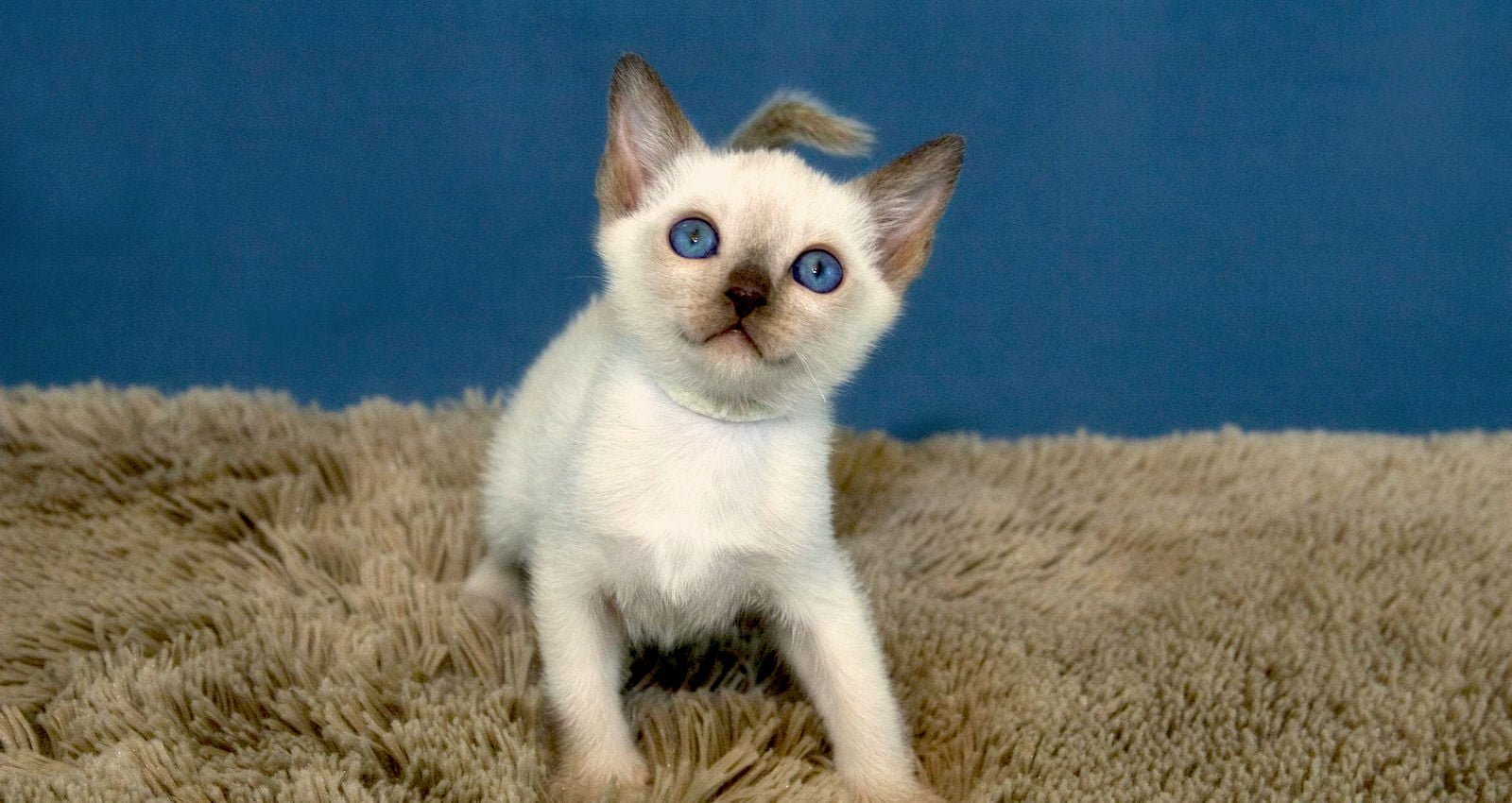
The Importance Of Dental Hygiene In Cats
Dental health is as important for cats as it is for humans. Good dental habits prevent gum disease, which can lead to other issues. Here’s how to maintain your cat’s dental hygiene:
- Brush your cat’s teeth regularly with cat-specific toothpaste.
- Use dental treats and toys designed to clean teeth.
- Get professional dental cleanings from a vet when recommended.
Physical Exercise: Interactive Play And Enrichment
Tonkinese cats need active play to stay fit. Fun exercise prevents obesity and boredom. Consider these activities:
- Interactive toys like laser pointers and feather wands.
- Play sessions to mimic hunting behaviour.
- Enrichment with climbing posts and puzzles.
Remember that playtime is also bonding time. It strengthens your connection with your Tonk.
Grooming And Hygiene
Your Tonkinese cat’s luxurious coat and sparkling eyes are not just for show. They reflect your cat’s health and well-being. Proper grooming and hygiene are key. Shorter coats may mislead some to think grooming is minimal, but regular care is essential. Let’s dive into how you can keep your Tonkinese looking and feeling their best.
The Basics Of Grooming A Tonkinese Cat
Grooming does more than make your cat look great. It spreads natural oils across their coat, prevents mats, and allows you to check for issues. A weekly brushing session is enough for your Tonkinese’s short to medium-length coat. Use a soft-bristled brush. This will remove loose fur and keep their coat shiny. Don’t forget the reward after each session!
Bathing Your Tonkinese: Techniques And Tips
Bathing is not often needed for Tonkinese cats. But if they get into a mess, a gentle bath can help. Use a cat-specific shampoo and lukewarm water. Wet their coat slowly and apply shampoo gently. Rinse thoroughly to avoid irritation. Remember, warming a towel and wrapping it up after can make the experience comfortable.
Nail Clipping And Ear Cleaning: A Step-by-step Guide
- Prepare your tools: Get a good pair of pet nail clippers and ear cleaner solution.
- Holding your cat: Keep your cat calm and gently hold a paw.
- Clipping nails: Snip just the tips to avoid the quick.
- Check the ears: Look for wax build-up or dirt.
- Cleaning: Use a soft cloth with ear cleaner to wipe the outer ear. Do not go deep inside.
Litter Box Training And Maintenance
Training a Tonkinese to use the litter box usually comes easy. Ensure easy access to a clean box. Daily scooping is a must. For maintenance, complete changes of litter should happen every week. This prevents odour and bacteria growth. A structured routine helps your cat feel secure and keeps your home fresh.

Behavioural Aspects And Training
Tonkinese cats blend the best traits of their Siamese and Burmese relatives. They exhibit a playful persona, paired with a social and loving nature. Understanding their behaviour and training needs is crucial. We will delve into effective training strategies, tackle common behavioural issues, underline the importance of socialization, and guide you to create a stimulating environment for your Tonk.
Positive Reinforcement Training Techniques
Positive reinforcement works wonders with Tonkinese cats. These smart felines respond best to a reward-based approach.
- Treats and Praises: Reward good behaviour promptly with treats or verbal praise.
- Clicker Training: Introduce a clicker to signal good behaviour before giving a treat.
- Short Sessions: Keep training sessions brief but consistent for better attention and results.
Addressing Common Behavioral Issues
Even the most charming Tonks can sometimes behave badly. Let’s fix that:
| Behavioural Issue | Strategy |
|---|---|
| Scratching Furniture | Provide scratching posts and apply deterrents on furniture. |
| Excessive Meowing | Ignore the behaviour or provide interactive toys to keep them engaged. |
| Litter Box Avoidance | Ensure the box is clean and placed in a quiet, accessible location. |
Socialization And Its Impact On Behavior
Socialization shapes a well-adjusted and friendly Tonkinese cat. Expose them early to:
- Different people and pets to boost confidence.
- Varying sounds and experiences to reduce fear.
- Playdates and outings to enhance sociability.
Creating A Stimulating Environment For Your Tonkinese Cat
Engage your Tonk’s curious mind. A stimulating environment keeps them happy and agile.
- Play Areas: Set up areas with tunnels, cat trees, and shelves for climbing.
- Interactive Toys: Offer puzzle feeders and motorized toys for play.
- Window Views: Arrange perches near windows to stimulate their bird-watching instincts.
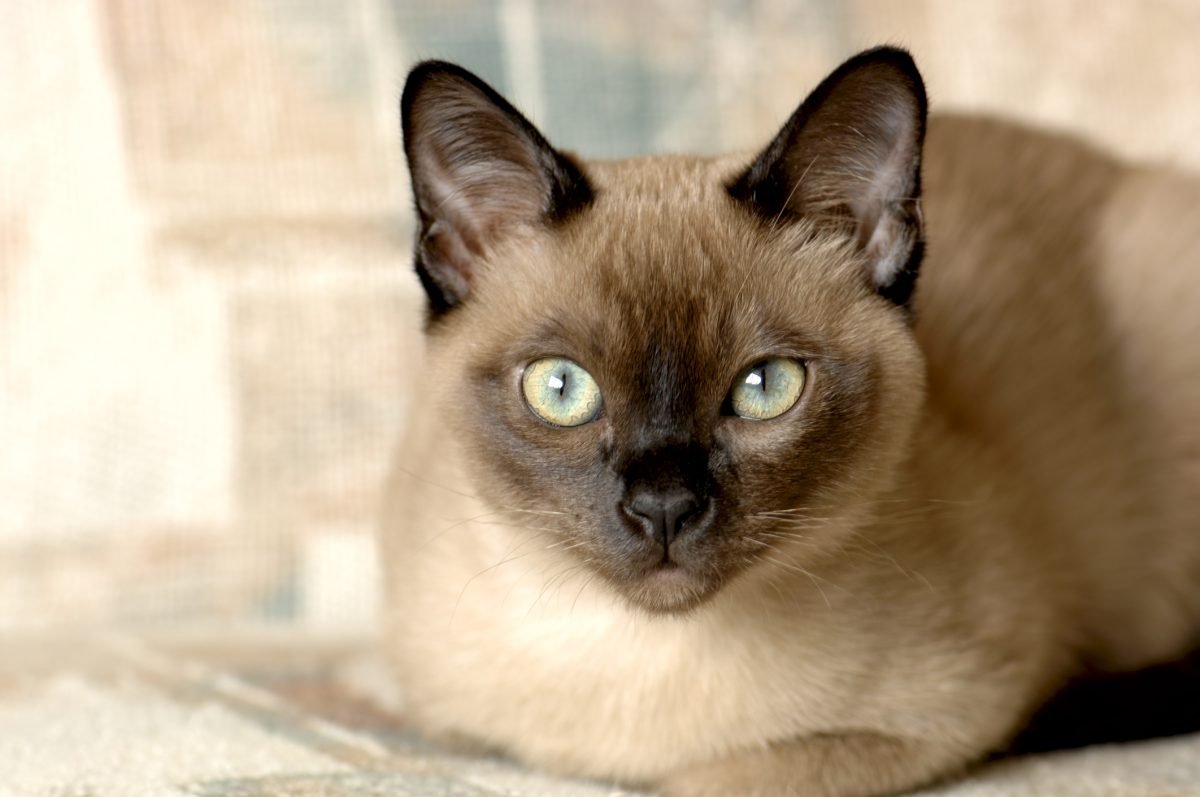
Caring For A Senior Tonkinese Cat
Caring for a senior Tonkinese cat brings new challenges and rewards. As they age, their needs change and owners must adapt. Senior Tonkinese cats require special attention to maintain their health and happiness. Understanding these changes helps ensure your mature Tonkinese thrives during its golden years.
Adapting Your Home For An Aging Cat
- Non-slip floor surfaces help prevent falls.
- Easy access litter boxes with low sides assist with mobility.
- Comfortable bedding in quiet areas reduces stress.
- Step ramps to higher spots ease the joint strain.
Health Considerations For Senior Tonkinese Cats
Regular vet check-ups catch health issues early. Be vigilant about:
| Health Aspect | Consideration |
|---|---|
| Vision and Hearing | Watch for changes; keep the home layout consistent. |
| Dental Health | Schedule cleanings; monitor for gum disease. |
| Kidney Function | Annual blood tests to check kidney health. |
| Joint Health | Supplements or medication may ease arthritis. |
Nutrition And Exercise For The Older Tonkinese
Senior-specific diets support ageing bodies. Keep your Tonkinese active with:
- Gentle play sessions
- Short walks indoors
- Interactive toys
Monitor weight to avoid obesity.
Quality Of Life And Comfort Measures
Quality of life is paramount for senior Tonkinese cats. Pay attention to:
- Body temperature; provide warm spots.
- Stress levels; maintain a calm environment.
- Mental stimulation; offer new, simple puzzles.
Tonkinese And The Wider World
The Tonkinese cat is a lively, intelligent breed that loves exploring both indoors and outdoors. Entering the wider world with your Tonkinese offers adventure and bonding opportunities. From travel to integrating with other pets and joining community events, this feline is a social butterfly ready to spread its wings. Let’s explore the best practices for embracing the world with your Tonkinese companion.
Travelling With Your Tonkinese Cat: Preparation And Tips
Planning is key for a smooth trip with your Tonkinese. Start by scheduling a visit to the vet to ensure your cat is healthy and up-to-date with vaccinations. Acclimatize your cat to a travel carrier weeks before departure. Practice short trips to get them comfortable.
- Pack essentials: food, water, toys, and litter.
- Bring medical records and contact information for local vets.
- Choose pet-friendly accommodations in advance.
Integration With Other Pets And Family Members
Tonkinese cats blend well with families and other pets, but a proper introduction is vital. Maintain a safe space for your Tonkinese while they adjust. Gradually increase interaction with family and pets under supervision.
- Introduce scent first by swapping bedding between pets.
- Supervise short meetings to promote calm interactions.
- Encourage play to build positive associations.
Community Involvement: Cat Shows And Breeding Information
Tonkinese cats often shine in cat shows due to their striking looks and charming demeanour. Research cat shows regulations and starts with local events for beginners.
| Aspect | Advice |
|---|---|
| Grooming | Regular brushing; bath before the show. |
| Training | Teach basic commands; handle often. |
| Breeding | Seek experienced breeders; consider health tests. |
Adoption And Rescue: Finding A Tonkinese Cat In Need Of A Home
Opt to adopt if you’re seeking to add a Tonkinese to your family. Look for Tonkinese rescue groups and shelters. Visit local adoption events. A rescue cat may just be the perfect companion you’re looking for.
- Research rescue organizations specializing in Tonkinese cats.
- Prepare your home for a new arrival with a quiet space.
- Consider adopting adult cats; they too need loving homes.
Frequently Asked Questions On Tonkinese Cat
What Is A Tonkinese Cat?
Tonkinese cats are a crossbreed of Siamese and Burmese breeds. They boast a playful personality, muscular build, and striking, aqua-colored eyes. Recognized for their social and affectionate nature, they easily bond with humans.
How Long Do Tonkinese Cats Live?
Tonkinese cats typically enjoy a lifespan of 12 to 16 years. Proper care, good nutrition, and regular veterinary check-ups contribute to their longevity. They are known for their robust health and vitality.
Are Tonkinese Cats Hypoallergenic?
No cat is completely hypoallergenic, including the Tonkinese. However, they produce fewer allergens compared to many other breeds, which can be beneficial for people with mild allergies. Regular grooming can reduce dander further.
What Does A Tonkinese Cat Cost?
The price for a Tonkinese cat can vary, usually ranging from $600 to $1200. Factors affecting the cost include breeder reputation, location, lineage, and whether the cat is pet-quality or show-quality.
Conclusion
Embracing a Tonkinese cat can bring joy and vibrancy to your home. These affectionate felines create lasting bonds with their families. With their playful nature and striking appearance, they truly stand out. Remember to offer them the care and attention they deserve.
Welcome a Tonkinese into your life for companionship filled with spirited moments and unwavering loyalty.




